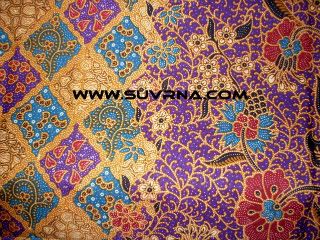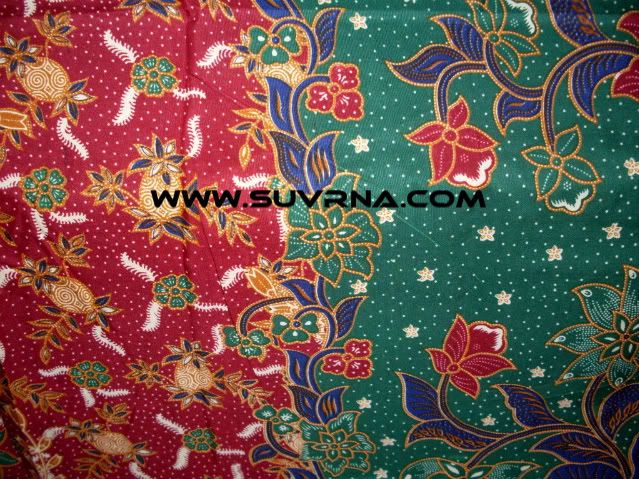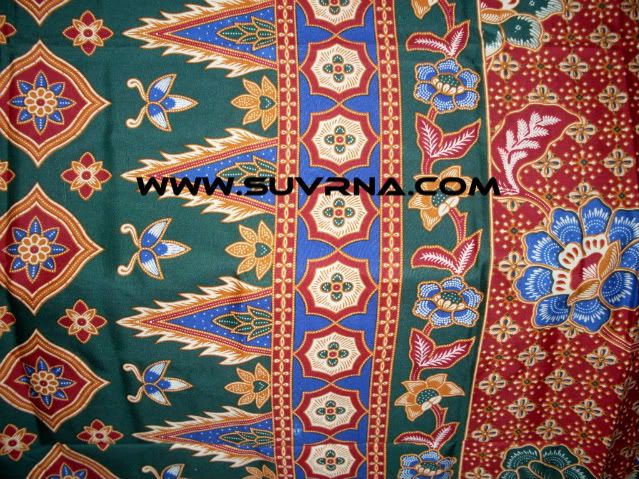Origins
The word Batik originates from Javanese where it finds it roots within the words ‘amba’ (to write), ‘titik’ (dot/point) and also possibly from the word ‘becik’ meaning to tattoo from the use of a needle. Batik is created traditionally using wax-resist dyeing techniques. Batik making is woven within the fabric of ancient South East Asian Culture going back more than 2000 years.
These exotic pieces of wearable art were historically laden with spiritual symbolagy and sometimes designs of plants and animals. Javanese traditional batik has notable meanings rooted within the Javanese conceptualisation of the universe. Historically Javanese batik colours include indigo, dark brown, and white, which represent the three major Hindu Gods (Brahma, Visnu and Siva). This is also correlated with the fact that natural dyes are easily found in brown and indigo.
Modern Malaysian batik often displays plants and flowers to avoid the interpretation of human and animal images as idolatry in accordance with local Islamic doctrine. Certain batik patterns have traditionally only been worn by nobility for example wider stripes or wavy lines of greater width indicated higher rank. Traditionally ‘Pesisir Batik’ which comes from the coastal cities of northern Java is especially vibrant and was favoured by Peranakan Chinese, Dutch and Eurasians in Malaysia.
Preservation of this ancient art
In 2009 UNESCO designated Indonesian batik as a Masterpiece of Oral and Intangible Heritage of Humanity. UNESCO has insisted that Indonesia preserve this ancient art form. South East Asia’s ancient culture is rich and meaningful. Today you have a chance to have a piece of history to cherish and enjoy these batik pieces.


